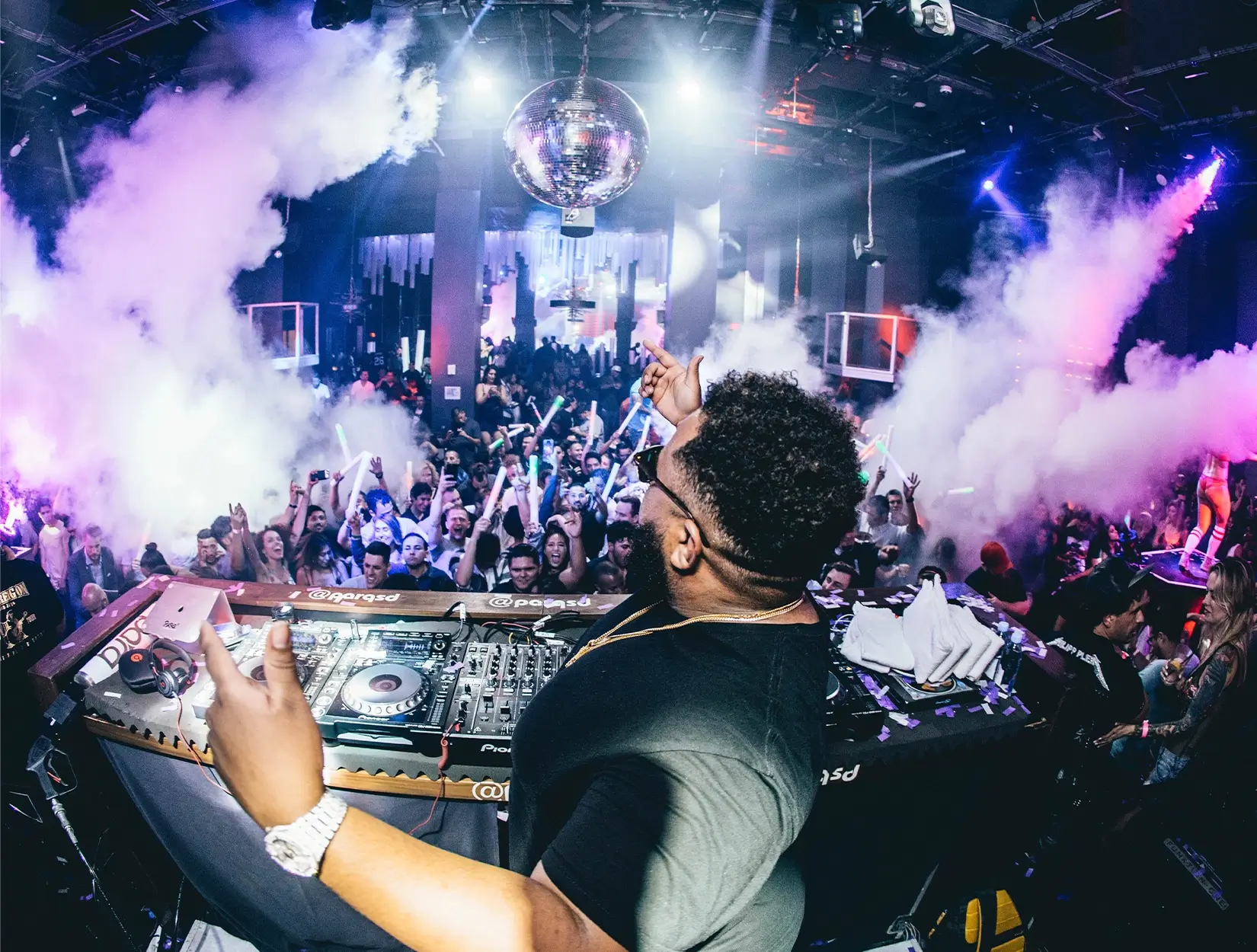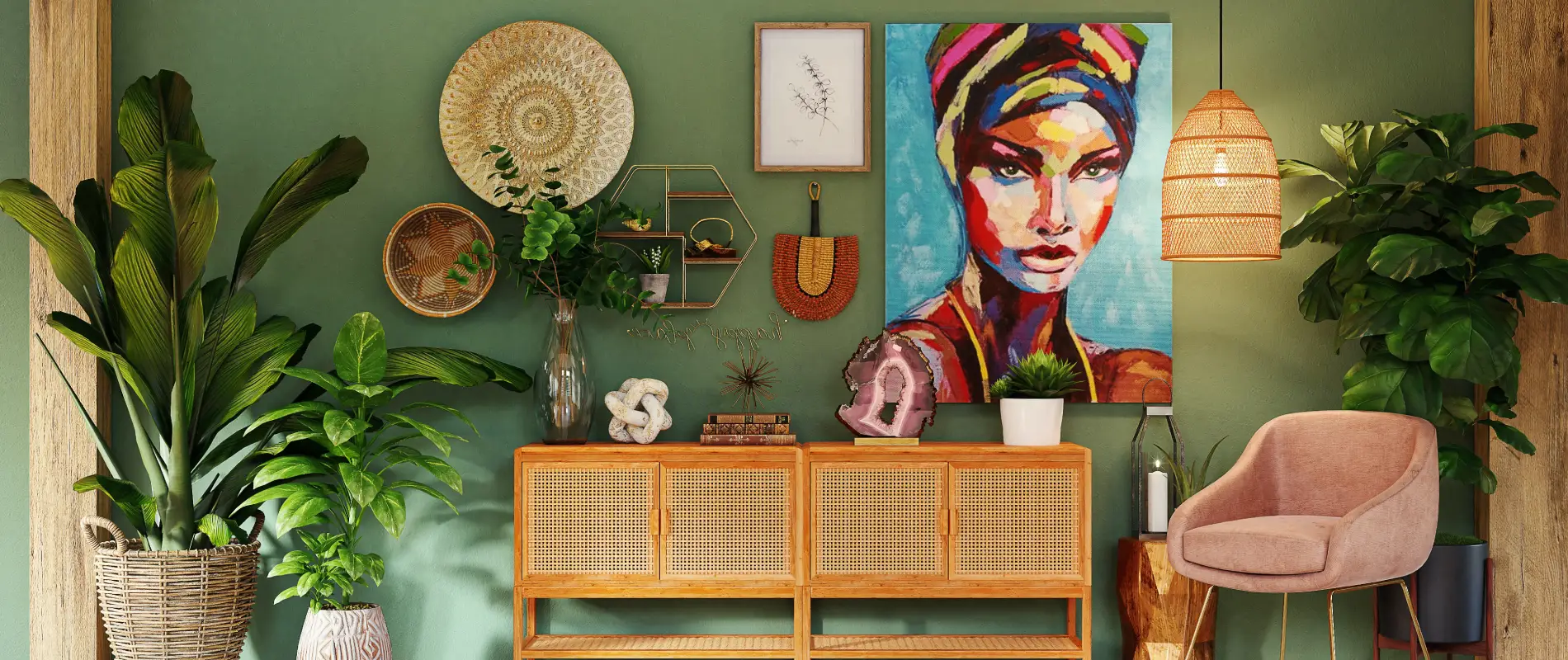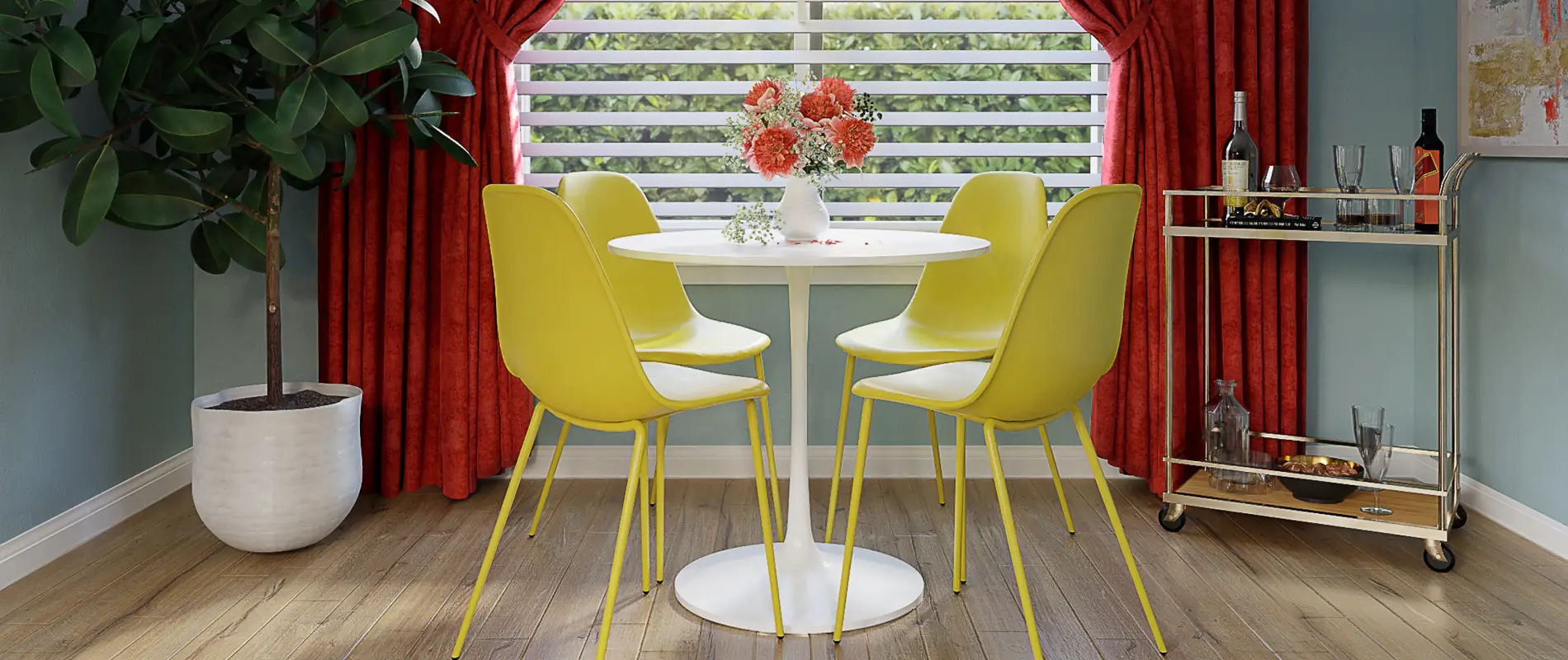Captivate your audience with stunning image-driven design
Imagine dazzling your website visitors with a vibrant two-column layout, effortlessly combining striking visuals with engaging content. This guide will walk you through crafting a design with a bold left column featuring an electric image of a DJ in action and a right column with concise, compelling text.
Layout analysis
Overall structure
This layout features two columns-a captivating image on the left and compelling text on the right. This modern structure grabs attention, making it perfect for any WordPress website.
Arrangement of rows and columns
The design divides content between a single dynamic image of a DJ and vertically-aligned text blocks, enhancing readability and maintaining viewer interest.
Asymmetrical choices
Asymmetry in design is a powerful tool; here, it adds flair and maintains engagement, crucial for keeping visitors on your site.
Element and feature description
Visible elements
- Left column: A lively, large photo of a DJ electrifies viewers instantly.
- Right column: Features a bold headline: “It’s more than music!” followed by enticing details and a strong call-to-action (“Get Labels”).
Interactive elements
The “Get Labels” button not only encourages user interaction but effectively guides users toward taking action, a crucial aspect of WordPress website design.
Typography
Combining bold headlines with simple body text ensures readability and keeps the focus on what’s most important.
Icons or graphical elements
Sophisticated graphics paired with buttons enrich the layout’s visual appeal.
Image properties
The DJ image is displayed in landscape, making it the layout’s central focus, which is key for an impactful presentation.
Unique design aspects
Standout designs
A bright orange background effectively highlights the white text area, drawing attention where it’s needed.
Hover effects or animations
Interactive features like hover effects on buttons further enhance user engagement on any Elementor Alternatives platform.
Responsive design
Ensuring your layout adapts between devices means your WordPress website looks sharp at any size.
Accessibility considerations
Enhancing readability with clear contrast between text and background ensures all users can enjoy your content.
Overall design style
Design style
This modern, energetic layout is well-suited for music or entertainment themes-perfect for related free WordPress themes.
Visual hierarchy
Guiding the viewer’s eye from image to headline and call-to-action ensures that important information stands out.
White space and balance
A calculated use of white space provides balance, ensuring the design is neither cluttered nor overwhelming.
10 Ways to organise content in WordPress
1. Categories and tags
Using categories and tags is an effective way to organise content. Categories allow you to create broad groupings of your posts, while tags provide more specific descriptors. When used strategically, these features enhance navigation, making it easier for users to find the content they’re interested in. Proper use of these tools not only improves user experience but also boosts SEO, drawing in more traffic to your WordPress website.
2. Custom menus
Adding custom menus allows you to create a user-friendly navigation structure. Organising your pages and categories into a hierarchy or custom order makes it straightforward for visitors to find key information, enhancing the site’s usability. This intuitive layout is crucial to keeping users engaged and encouraging them to explore more of your content.
3. Page builders
Employing a robust WordPress page builder provides flexibility and ease in structuring your website. These tools let you create complex layouts without coding skills, offering drag-and-drop functionality for building and organising content visually. The ability to quickly update and rearrange content ensures your site remains dynamic and engaging.
4. Shortcodes
Shortcodes offer an efficient way to add various functionality or layout features to your posts and pages without hardcoding. They simplify complex tasks-such as embedding galleries, forms, or sliders-making the addition of engaging content accessible without technical expertise. This flexibility is valuable for maintaining a lively, adaptable site.
5. Custom post types
Creating custom post types allows you to organise content in a tailored manner that fits your site’s unique needs. Whether for portfolios, reviews, recipes, or testimonials, custom post types provide a method to organise distinct sections harmoniously while boosting functionality and user experience.
6. Media library management
Efficiently managing your media library keeps your visual content easily accessible and organised. Using tags, folders, and descriptive filenames ensures you can quickly locate images and videos, streamlining updates and content management tasks. Well-organised media improves load times and overall site performance, benefiting user experience significantly.
7. Theme options
Utilising theme options enables you to customise your site’s appearance and originalise content layout effortlessly. Changes to colours, fonts, and layout configurations can be made without altering code, providing a user-friendly way to maintain brand consistency and adapt to changing visual needs seamlessly.
8. Widgets and sidebars
Widgets and sidebars enhance your site’s functionality by easily adding features like search bars, recent posts, or social media links. By positioning these elements in sidebars or footer areas, you organise supplementary content without cluttering your primary pages, enhancing usability and providing visitors with easy access to additional resources.
9. Plugins for enhanced organisation
There are many plugins designed to enhance content organisation. From SEO optimisers to media editors, these tools add robust features for managing posts, galleries, or even customer interactions. Careful selection and integration of these plugins lead to a streamlined, efficiently-run site that effectively meets user needs.
10. Blocks and patterns
WordPress’s blocks and patterns make it easy to design vibrant pages and articles. By reusing patterns, you create consistency and ease in crafting new content, leveraging structure without needing coding skills. This organisation method is vital for maintaining a professional, coherent look while boosting productivity.
10 Different types of content in WordPress
1. Blog posts
The traditional go-to content on WordPress, blog posts, are perfect for sharing regular updates, insights, and stories with your audience. They allow for reader interaction through comments, keeping your WordPress website dynamic and engaging while boosting SEO and web traffic through content-rich strategies.
2. Pages
Static pages serve as the backbone of your site’s structure, housing essential information such as the About page, services, and contact details. They don’t change often but provide foundational, pertinent information, directing most user navigation paths across the site.
3. Portfolios
Portfolios showcase professional work or creative projects. This type of content highlights individual skills, achievements, and capabilities, making it ideal for designers, photographers, and contractors who wish to display their work beautifully, fostering business opportunities.
4. Galleries
Image galleries let you present visual content in an engaging format, ideal for photographers or anyone aiming to enhance visual storytelling. Displaying images elegantly and intuitively keeps visitors interested, promoting longer site exploration.
5. Videos
Incorporating video content boosts engagement significantly. Whether tutorials, vlogs, or introductions, videos capture attention quickly and convey messages effectively, playing a crucial role in communicating with varying audience preferences.
6. Audio files
Audio files appear in podcasts or musical showcases, catering to audiences who prefer listening over reading or watching. These files enrich content diversity, reaching wider audiences and keeping your site relevant among diverse user segments.
7. Testimonials
Displaying testimonials builds trust and authenticity, offering social proof of your offerings’ value to potential customers. Well-organised testimonials craft credibility, significantly influencing purchasing decisions.
8. Forms
Forms capture user information for various applications-contact pages, surveys, or bookings-enabling seamless interaction between site visitors and management. Effective forms streamline processes, making sites user-friendly and efficient in gathering essential data.
9. FAQs
FAQs address common queries, improving user experience by providing quick answers and guiding users through potential issues. Well-crafted FAQs reduce support emails, enhance user satisfaction, and demonstrate customer care efficiency.
10. Infographics
Infographics present data stylishly, making complex information accessible and visually appealing. They’re ideal for summarising reports, showcasing statistics, or explaining processes, helping visitors digest content effortlessly while conveying brand professionalism and expertise.
Conclusion
Crafting a visually engaging site design enhances user experience and interaction, vital in a world where online presence defines business reach. Integrating vibrant images, interactive elements, and thoughtful content organisation within your WordPress website design invites engagement, leaving a lasting impression. Utilising tools like WordPress website builders or exploring Elementor Alternatives can elevate your site, bringing fresh opportunities for connection and growth. Embrace these insights to transform your digital presence today.




